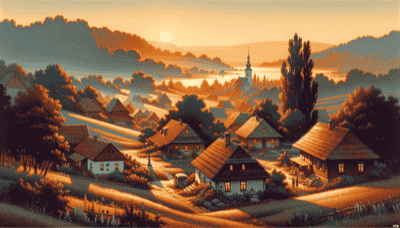We're here to help you keep count of the days to or since a date. Just click the button below and enter your chosen date to get started. Also choose the suggested days or search for a special day above #countingthedays

The June Solstice, also known as the Summer Solstice in the Northern Hemisphere, is the day when the sun reaches its highest position in the sky, resulting in the longest period of daylight. In Hungary, this usually occurs on June 20th or 21st.
Historically, solstices have been celebrated by various cultures around the world. In Hungary, like in many other European countries, ancient traditions are often linked to natural cycles and agriculture. The Summer Solstice was seen as a pivotal point in the farming calendar, signaling the time for harvesting certain crops and preparing for others.
Hungarian solstice traditions are deeply rooted in folklore and often involve fire, which is believed to have purifying properties. Bonfires are a common sight during this time. People gather around them to sing and dance. Jumping over these fires is an old ritual thought to bring good health and ward off evil spirits.
Another tradition is the search for the "magical fern flower," which according to legend only blooms on this night and brings fortune to those who find it.
Today, while some Hungarians still observe traditional customs, many treat the day as an opportunity to enjoy the outdoors and celebrate the beginning of summer. Families may have picnics or barbecues, and friends gather at festivals or concerts that are often organized in various cities across Hungary.
Public events frequently include folk music performances and traditional dances that reflect Hungary's rich cultural heritage. With modern influences blending with ancient customs, the June Solstice remains an important marker of both seasonal change and cultural celebration in Hungary.